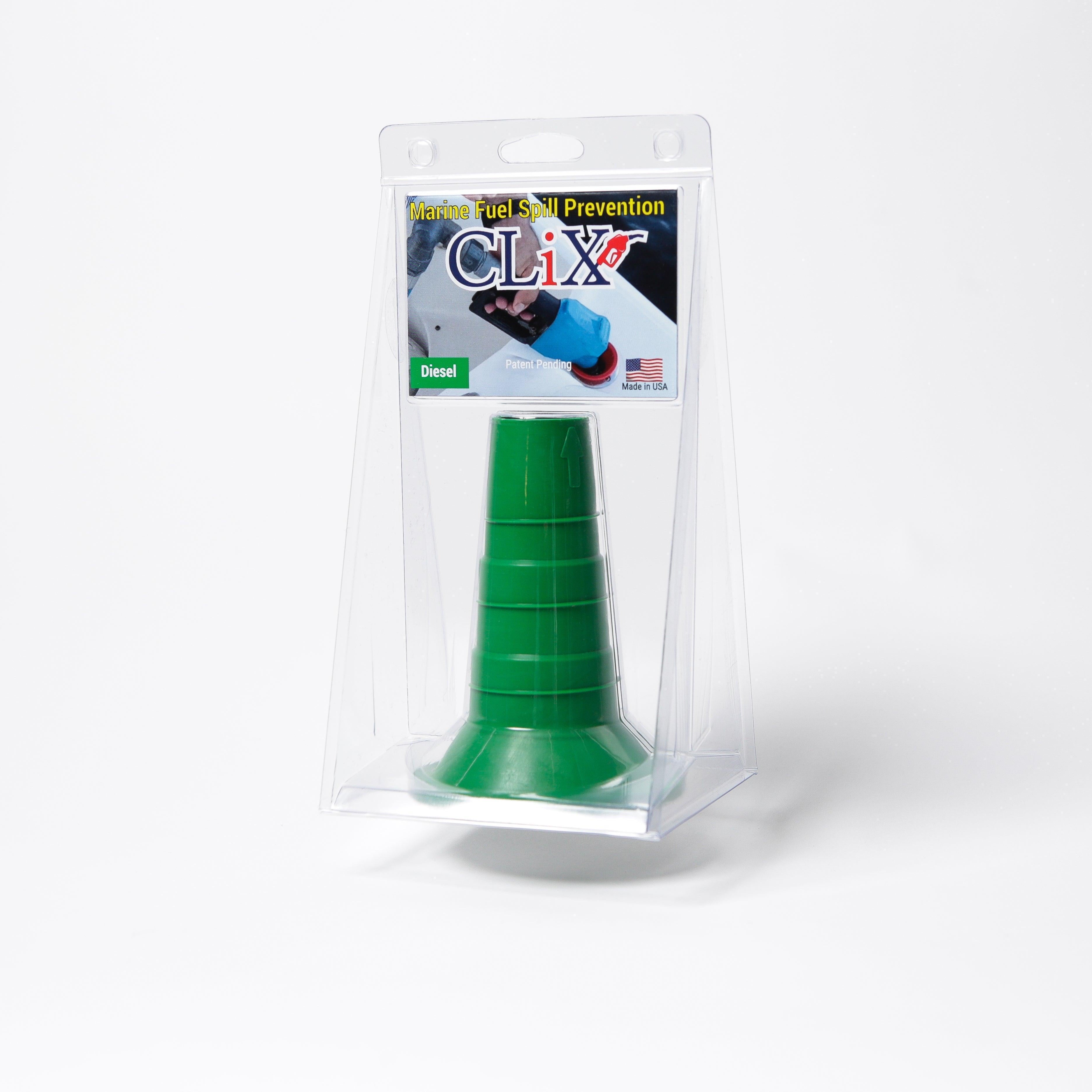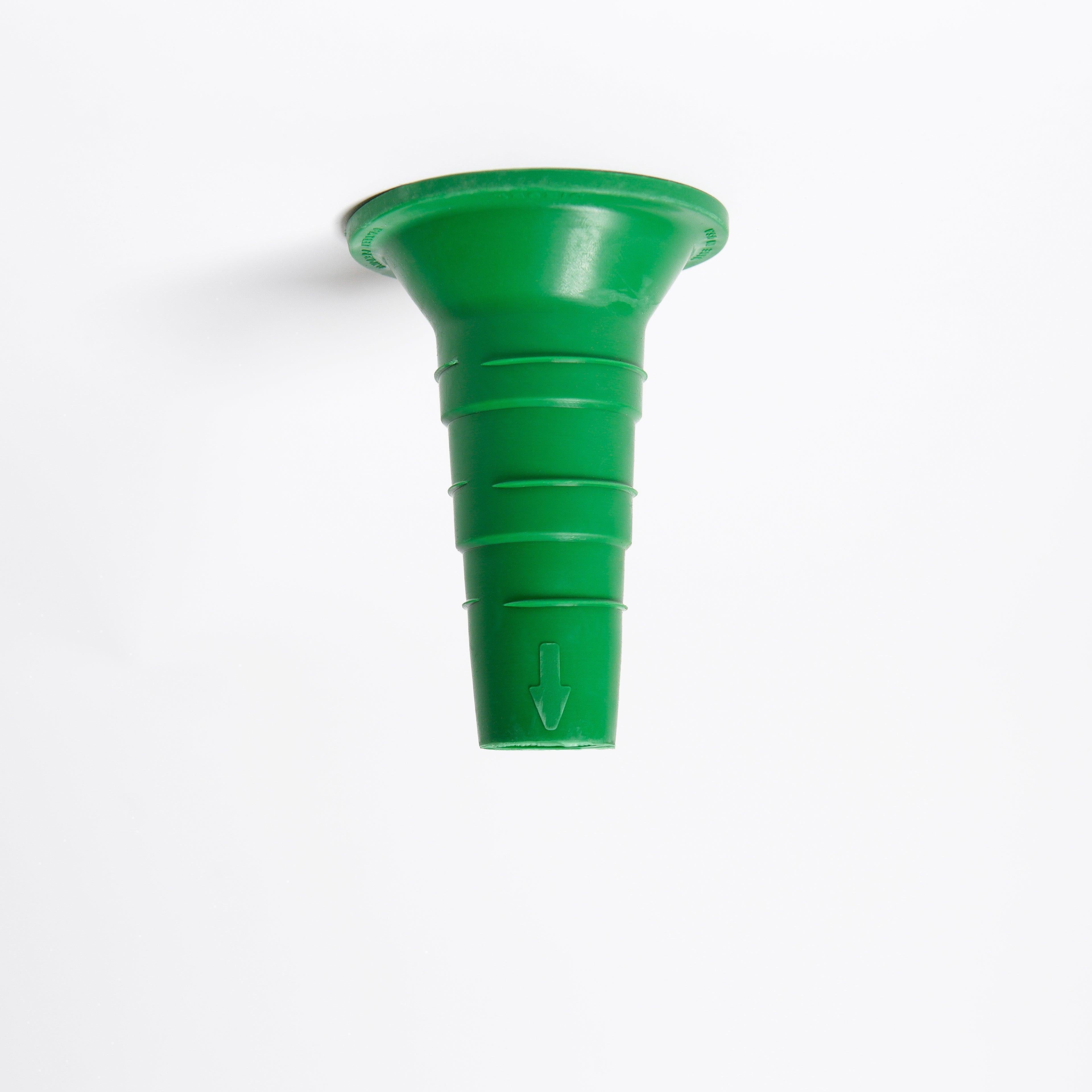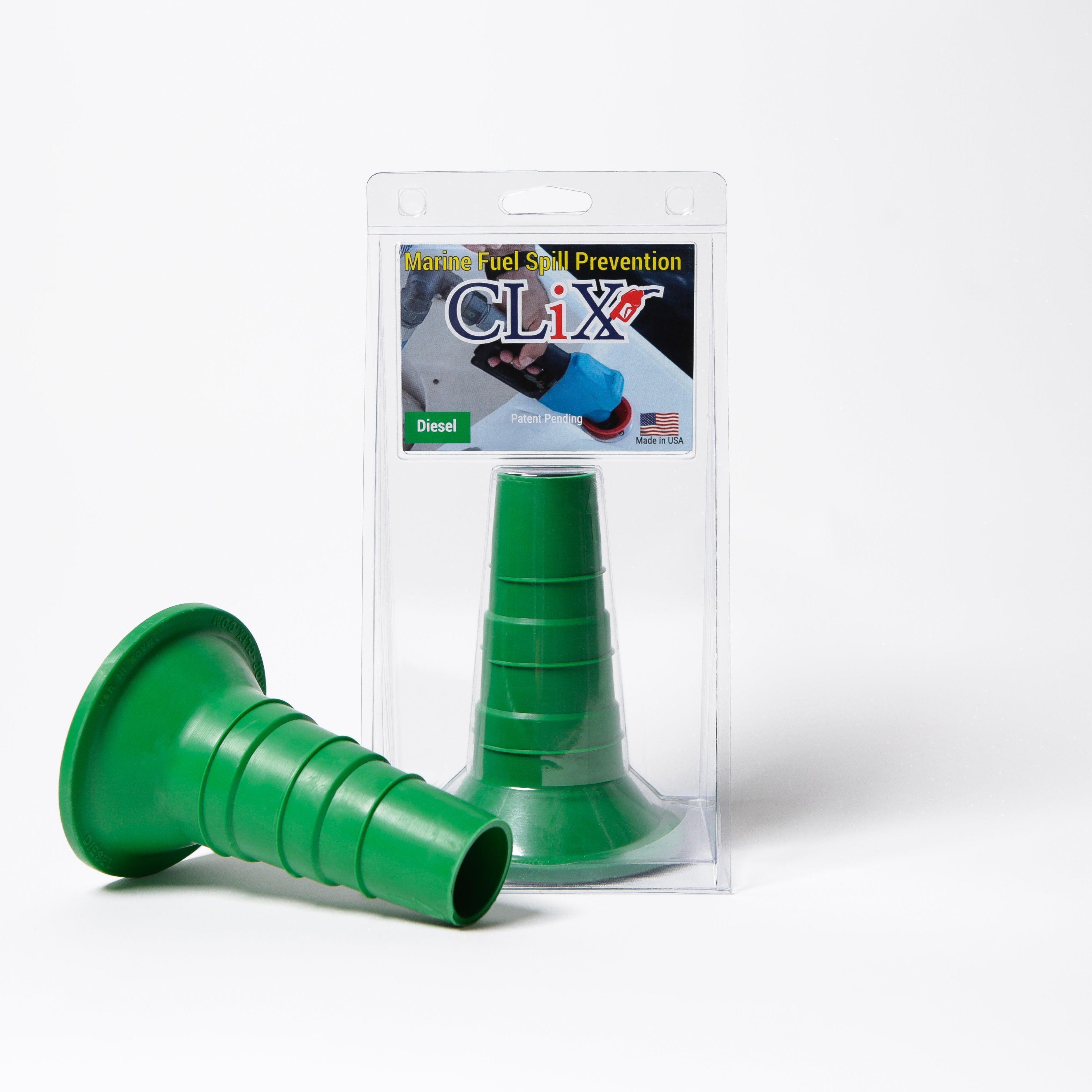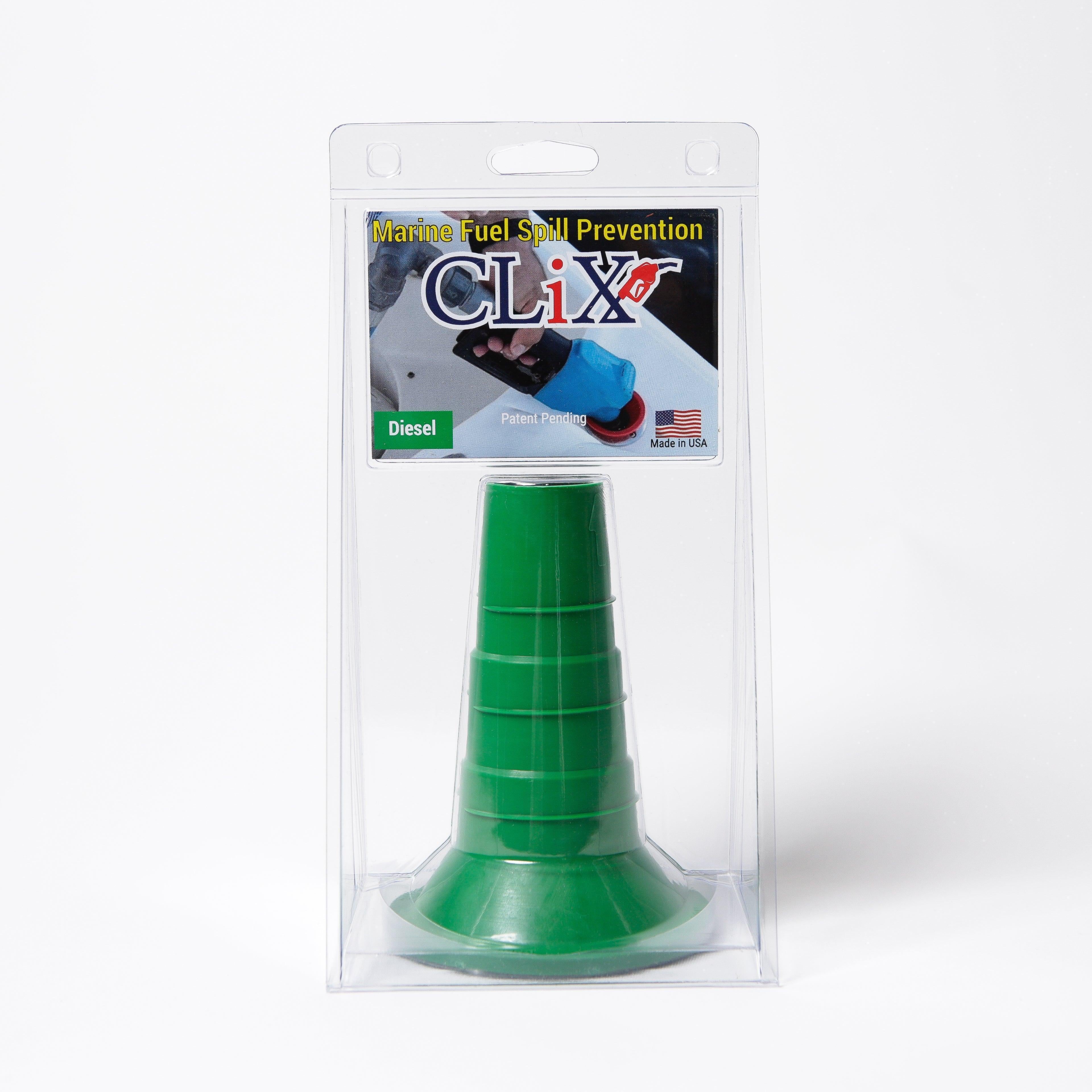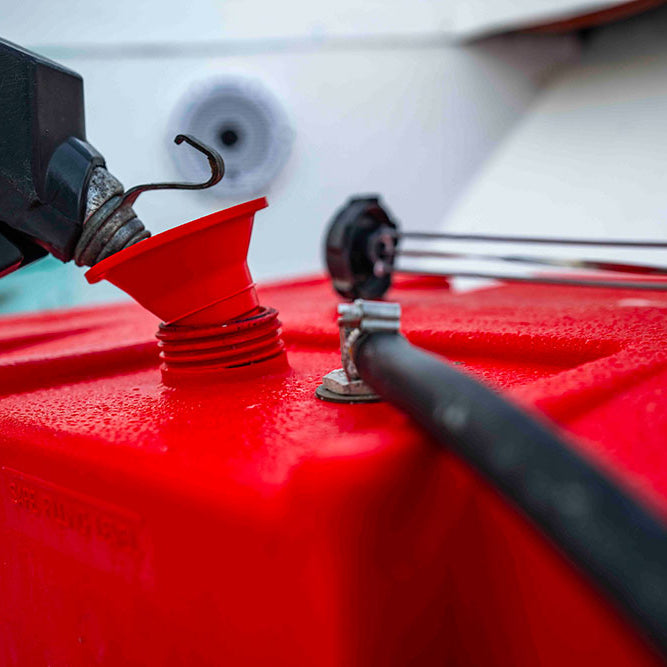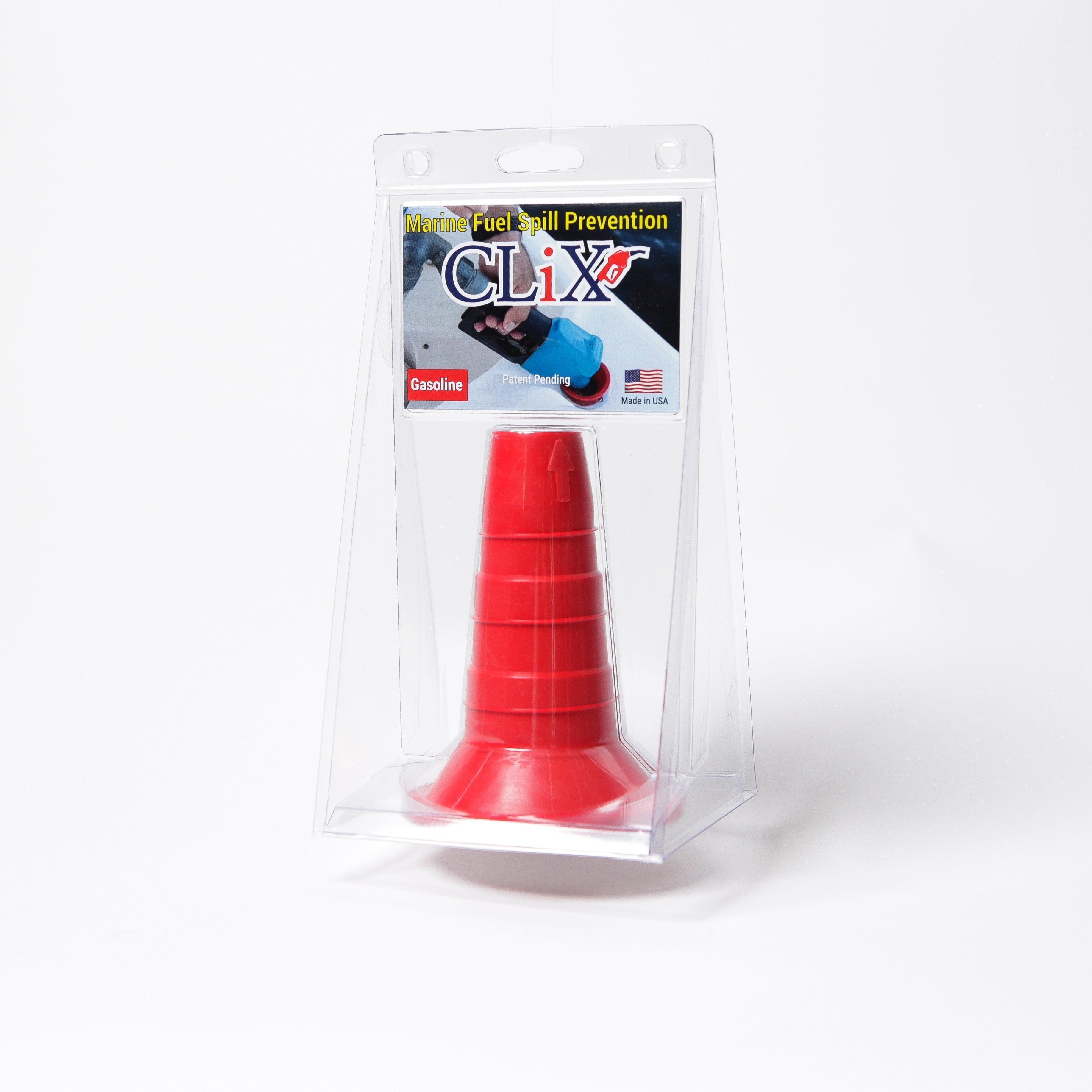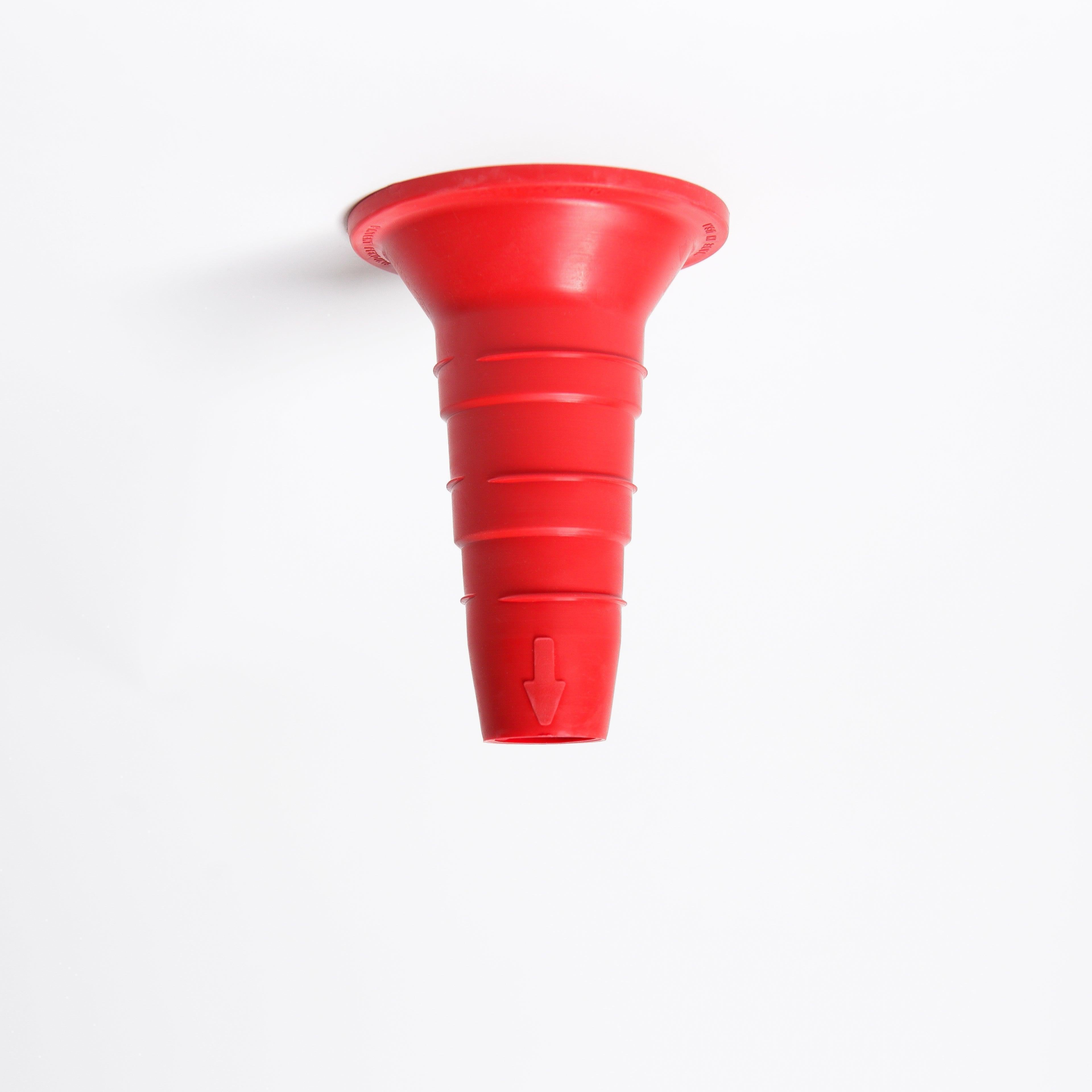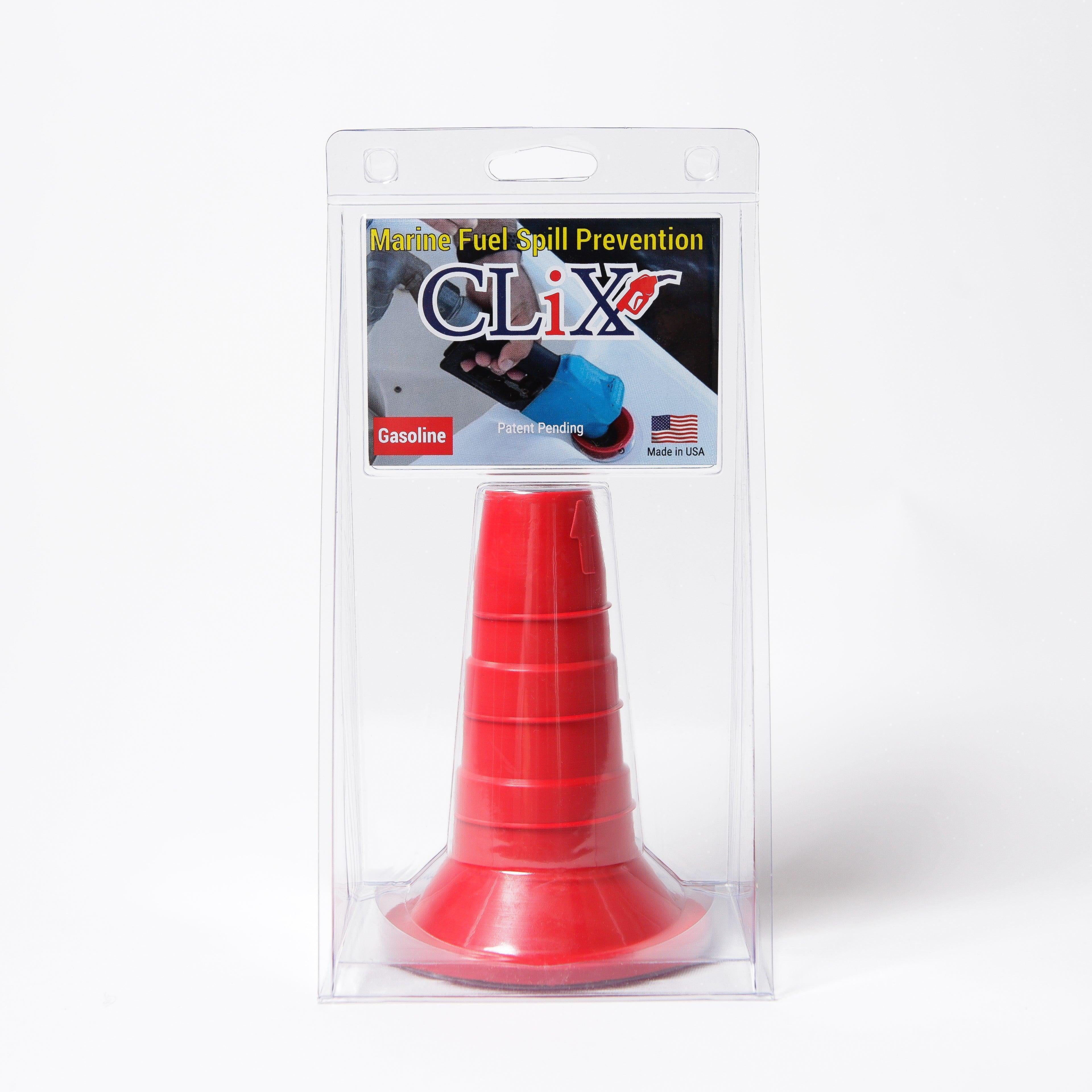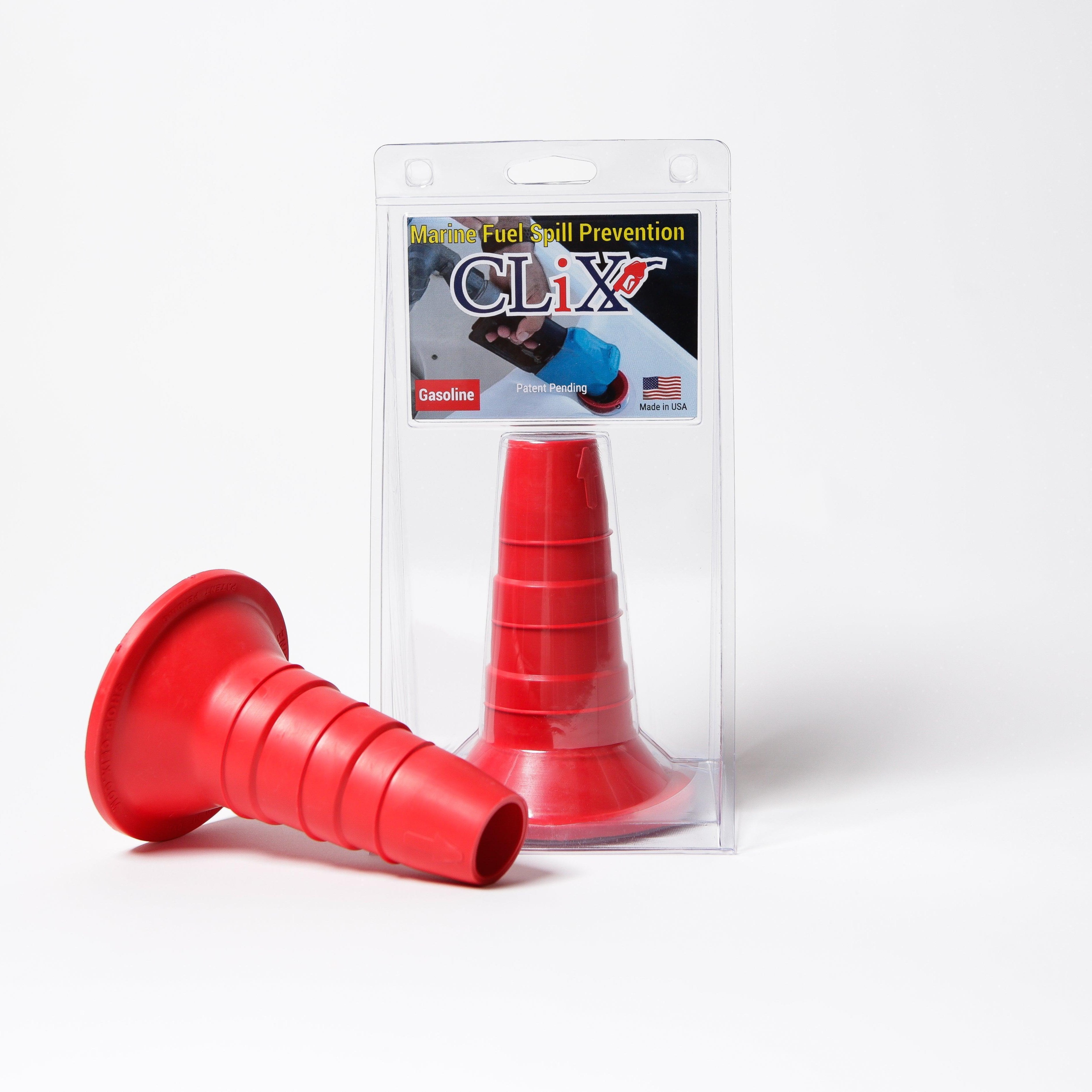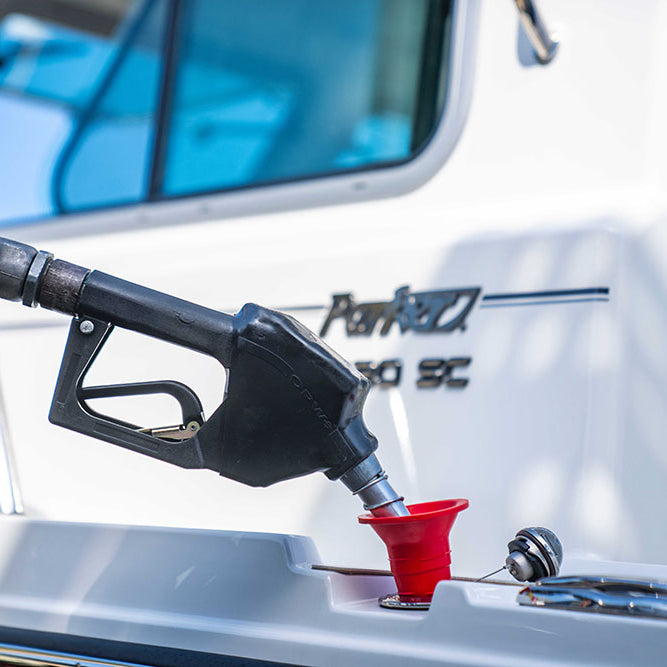Understanding How Boat Fuel Flow Meters Actually Work
Think of your boat's fuel system like its digestive system. Just as your body needs to know how much food it's processing, your boat needs to understand its fuel consumption. Boat fuel flow meters are the key, providing crucial data on how much fuel your engine is using. This isn't just about budgeting for fill-ups; it’s about getting a clear picture of your engine's performance and efficiency.
Imagine a tiny pinwheel spinning inside your fuel line. This is essentially how a turbine meter works. As fuel flows past, it spins the turbine, and the speed of that spin directly relates to how much fuel is moving. This rotation is then translated into a reading you can understand, giving you real-time fuel consumption data. Another type, the positive displacement meter, works a bit like a miniature pump, meticulously measuring the volume of fuel passing through. Picture it counting individual droplets, ensuring incredible accuracy.
Modern boat fuel flow meters have evolved significantly. Digital sensors can now communicate directly with your smartphone or chartplotter, providing instant data and tracking historical trends. Imagine being able to see not only your current fuel burn but also how it’s changed over time, allowing you to pinpoint potential problems or optimize your cruising speed for maximum efficiency.
Some advanced systems can even detect water in your fuel, preventing potentially disastrous engine damage. This is like having a tiny lab technician constantly monitoring your fuel quality. It’s this kind of detailed information that can turn a casual boater into a fuel efficiency guru, helping them save money and keep their engine running smoothly.
The marine fuel flow meter market is evolving rapidly, changing how boats and ships operate around the globe. This market caters to different fuel types (like diesel and petrol) and various vessels (from recreational boats to massive cargo ships). Key regions like North America, Europe, and Asia-Pacific are seeing significant growth in this area. Discover more insights on the evolving fuel flow meter market. For those interested in digging deeper, resources like Visusly offer valuable information. This technology is quickly becoming a must-have for responsible boat owners, contributing to both financial savings and environmental protection.
Why Your Boat Desperately Needs a Fuel Flow Meter

Imagine setting off on a road trip with no fuel gauge. A little unsettling, right? You'd be constantly guessing, hoping you make it to the next gas station. Surprisingly, that's how many boat owners navigate the water—with a concerning lack of knowledge about their fuel consumption. That's where a fuel flow meter comes in, changing from a "nice-to-have" extra to a critical piece of equipment.
A fuel flow meter does so much more than just tell you how much fuel is sloshing around in the tank. It gives you a window into the overall health of your engine. Think of it as a fitness tracker, but for your boat’s motor. Just like a fitness tracker monitors your heart rate and steps, a fuel flow meter delivers valuable data about your engine's performance.
This data can reveal small changes in fuel consumption that might hint at a problem brewing beneath the surface. Catching these issues early can prevent expensive repairs down the line, saving you potentially thousands of dollars. It’s like catching a small cavity before it turns into a root canal.
Fuel Efficiency and Peace of Mind
A fuel flow meter also helps you become a more efficient captain. By understanding how things like speed, trim, and the weight you’re carrying affect fuel use, you can make smarter decisions that significantly cut your fuel costs. This is especially helpful with today’s unpredictable fuel prices.
Even seasoned boaters are often amazed at how much they save after installing a flow meter. It's like finding hidden pockets of performance you never knew existed. You’ll be amazed at how small adjustments can make a big difference.
But the advantages go beyond just saving money. Knowing your precise fuel consumption gives you a new level of confidence out on the water. No more nervously eyeing the fuel gauge or worrying about getting stranded miles from shore. This added peace of mind transforms your boating experience, letting you relax and truly enjoy your time on the water.
A Growing Trend
The growing popularity of boat fuel flow meters shows just how important they’re becoming. This market was valued at about $700 million in 2022 and is expected to reach around $1.1 billion by 2030, growing at a 6.8% CAGR. This growth is fueled by both improvements in technology and increasing regulations around fuel efficiency and environmental concerns. Discover more insights on this growing market.
Insurance companies are also beginning to see the benefits of detailed fuel monitoring, potentially offering lower premiums for boats equipped with this technology. A fuel flow meter is quickly becoming standard equipment for all types of vessels, marking a shift toward smarter and more efficient boating.
Choosing The Perfect Fuel Flow Meter For Your Vessel
Picking the right fuel flow meter for your boat is a bit like choosing the right propeller. It's a crucial decision, and getting it wrong can lead to wasted money and a lot of frustration. So, let's explore the world of boat fuel flow meters and find the perfect fit for your vessel.
Mechanical vs. Electronic: Two Different Approaches
Think of mechanical fuel flow meters as the classic analog gauges on your dashboard. They’re simple, reliable, and often perfect for smaller recreational boats where pinpoint accuracy isn't critical. They get the job done without a lot of fuss.
On the other hand, electronic fuel flow meters are like the sophisticated onboard computers found on larger vessels. They provide real-time data, historical trends, and a wealth of information. They're all about precision and in-depth analysis.
Exploring Electronic Options: From Basic to Advanced
Electronic meters offer a range of options. Some are simple digital displays, while others offer wireless connectivity, smartphone integration, and even integration with fleet management systems. This level of detail can help you optimize fuel efficiency, spot potential engine problems early, and gain valuable insights into your boat's performance.
To illustrate how vessel size and the need for precision influence your choice, take a look at the infographic below:

As you can see, smaller recreational boats often do well with mechanical meters. However, larger commercial operations or boaters who need precise data usually benefit from the advanced features of electronic systems.
To help you further compare the different types available, here's a handy table:
Fuel Flow Meter Types Comparison
| Meter Type | Accuracy Level | Price Range | Best For | Installation Complexity |
|---|---|---|---|---|
| Mechanical | Moderate | Lower | Smaller recreational boats, basic fuel monitoring | Simple |
| Digital | High | Mid-range | Larger recreational boats, detailed fuel consumption data | Moderate |
| Smart | Very High | Higher | Commercial vessels, fleet management, advanced analytics | Moderate to Complex |
This table summarizes the key differences between mechanical, digital, and smart fuel flow meters, offering a quick overview of their accuracy, cost, and ideal use cases. The key takeaway here is to consider the level of detail you need and the complexity you're comfortable with.
If you're interested in learning more about maintaining your boat's fuel system, check out our guide on boat fuel tanks. Finding the "perfect" fuel flow meter is all about balancing functionality, complexity, and cost to match your specific boating needs.
Installing Your Fuel Flow Meter Like A Pro
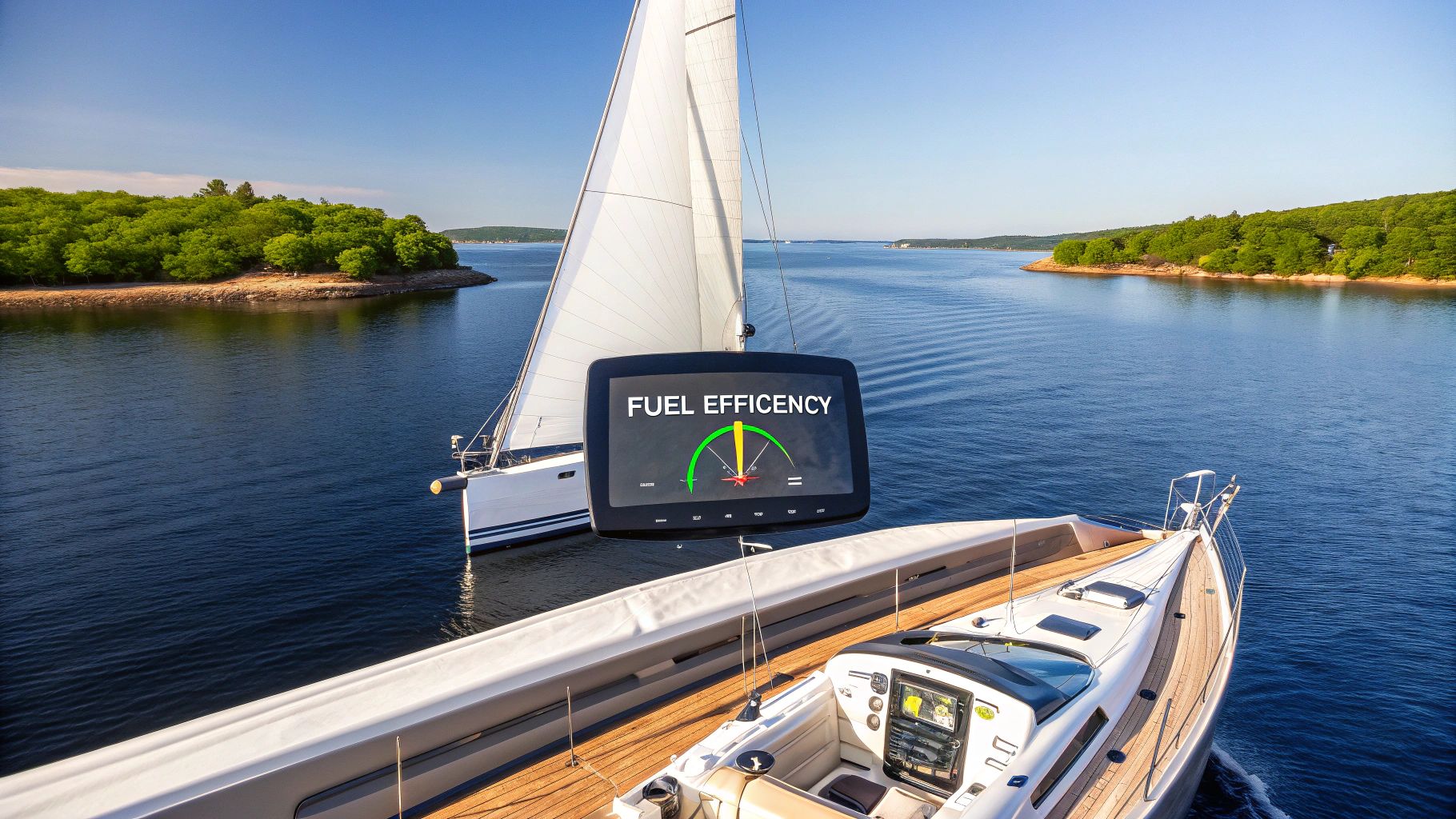
Installing a boat fuel flow meter may seem intimidating, but it's often simpler than you'd expect. It’s less about intricate surgery and more about plumbing, like connecting a particularly fancy garden hose. Let's break the process down into manageable steps.
Location, Location, Location: Finding the Sweet Spot
Choosing the right spot for your fuel flow meter is the first, and perhaps most critical, step. Imagine your fuel line is a highway, and the meter is a toll booth. You want to position your “toll booth” on a straight section of the “highway,” allowing it to accurately measure the “traffic” (fuel) without causing a “backup.” Avoid bends or anything else that could restrict the fuel's smooth flow.
Also, consider accessibility. You'll need to reach the meter for routine checks and maintenance. Think of it like placing your mailbox: convenient access saves time and hassle.
Safety First: Protecting Your Boat and Yourself
Working with fuel systems demands respect and caution. Before you do anything else, shut off the fuel supply. It's like turning off the gas before lighting the stove – a simple act that prevents potential disaster.
Use marine-grade hardware and fittings. These are specifically designed to withstand the corrosive effects of saltwater. It's like building a house on a strong foundation – vital for long-term safety and reliability.
Electrical Connections: Powering Up Digital Meters
For digital fuel flow meters, pay close attention to the electrical connections. The manufacturer's wiring diagram is your guide, like a recipe – follow it carefully. A fuse in the power line is crucial, acting like a circuit breaker to protect the electronics from power surges.
DIY or Professional: Knowing Your Limits
While many boat owners successfully install their own fuel flow meters, it’s important to be honest about your abilities. If any part of the installation makes you hesitant, consulting a qualified marine technician is the wisest course of action. Like complex home repairs, professional help ensures the job is done correctly and safely.
This investment in professional expertise can prevent headaches and costly errors down the road. A correctly installed boat fuel flow meter is the basis for accurate fuel readings and long-term reliability. Understanding the process empowers you to either tackle the job yourself or confidently oversee a professional installation.
Getting The Most From Your Fuel Flow Data
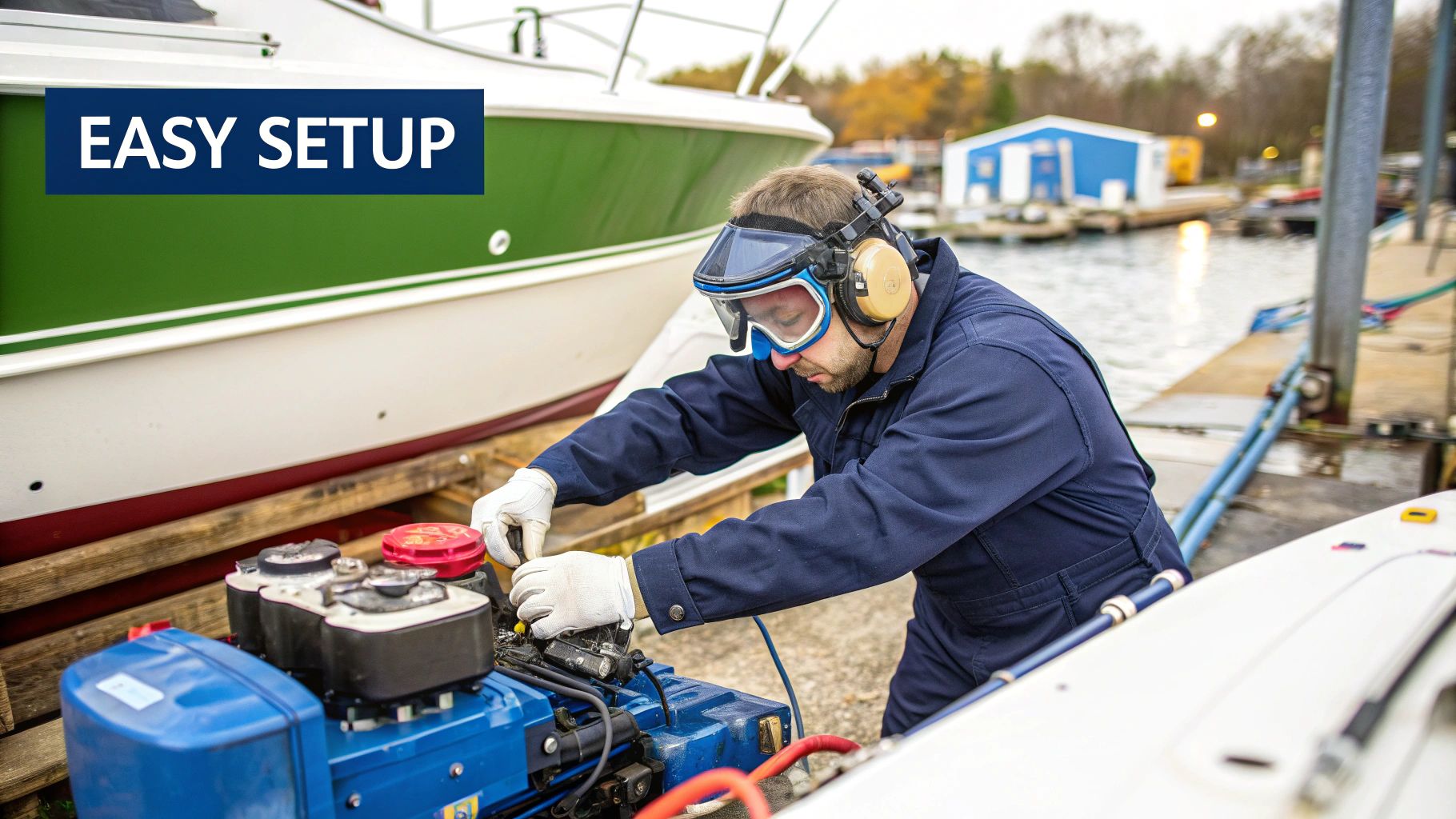
Having a boat fuel flow meter is like having a detailed speedometer, but for your fuel. It's more than just watching the numbers tick by; it's about understanding the story they tell about your engine's performance and efficiency. Think of yourself as a detective, using the data to uncover hidden clues about your boat's health.
Establishing Your Baseline: What's Normal for Your Boat?
The first step is establishing a baseline. This is your boat's typical fuel consumption under normal conditions. Record your fuel usage at various speeds and RPMs. This creates your personalized benchmark, much like a golfer knowing their average drive distance. It's what you'll compare future readings against to spot any irregularities.
Early Warning Signs: Preventing Costly Breakdowns
Once you have your baseline, you can begin to identify deviations. A sudden spike in fuel consumption could be a red flag, signaling a potential problem. A fouled propeller, a struggling fuel pump, or a clogged fuel filter can all lead to increased fuel consumption. Identifying these issues early, like a doctor catching a slight fever before it develops into something serious, can prevent major headaches and expensive repairs down the line. Much like completing a drone pre flight checklist before taking off, make sure your boat is in top shape before installing the fuel flow meter to ensure accurate readings from the start.
For instance, if you suddenly notice your boat burning 10% more fuel than normal at cruising speed, that could indicate increased hull drag, maybe due to marine growth. A quick cleaning could resolve the issue and restore your fuel efficiency, preventing more serious problems.
Optimizing Performance: Fine-Tuning Your Habits
Beyond troubleshooting, your fuel flow meter data is a powerful tool for optimization. It allows you to fine-tune your boating habits for peak performance. Experiment with different trim settings, speeds, and RPMs to discover the most efficient combination for your boat. It’s like finding the sweet spot in your car’s gears—the point where you get the most power with the least fuel.
You can also dive deeper into understanding your fuel consumption patterns with the help of our troubleshooting guide:
Fuel Consumption Troubleshooting Guide
| Consumption Pattern | Possible Cause | Action Required | Urgency Level |
|---|---|---|---|
| Sudden Increase | Fouled Propeller | Clean/Repair Propeller | Medium |
| Gradual Increase | Marine Growth | Clean Hull | Low |
| High Consumption at Low Speed | Fuel Pump Issue | Check/Replace Fuel Pump | High |
| Erratic Readings | Faulty Sensor | Inspect/Replace Sensor | Medium |
This table helps connect common fuel consumption issues with their potential causes and solutions. Remember, understanding your fuel flow is more than just monitoring how much fuel you're using. It's about gaining a deeper understanding of your boat's overall performance and extending its lifespan. For those interested in a more in-depth look at calculating fuel consumption, our guide provides a comprehensive breakdown of this topic.
Advanced Features That Actually Matter
Marine electronics can feel like a dazzling display of bells and whistles. But beneath the surface, which boat fuel flow meter features truly make a difference to your time on the water? Let's cut through the marketing jargon and explore the capabilities that deliver real value in the real world.
Connectivity and Control at Your Fingertips
Imagine this: you're relaxing at home, and you decide to check your boat's fuel levels. With wireless connectivity and smartphone integration, this is now a reality. These features elevate fuel monitoring from a sporadic chore to a seamless part of boat management.
Instead of occasional dipstick checks, you gain instant access to vital fuel information. This empowers you to plan trips with precision, catch potential problems early, and enjoy greater peace of mind.
For instance, some boat fuel flow meters can send alerts if fuel levels drop unexpectedly. This could indicate a leak or even theft, allowing you to address the issue promptly and potentially save significant cost and hassle.
GPS Integration: Fuel Efficiency on a New Level
Think of GPS integration as adding a mileage log to your fuel data. Now, you're not just seeing how much fuel you use, but how much you use per mile. This opens up a whole new world of trip planning and efficiency.
You can accurately estimate fuel needs for specific destinations, optimize your routes for the best mileage, and even pinpoint the most fuel-efficient cruising speed for your boat.
This kind of data is invaluable for longer journeys, allowing you to strategically plan fuel stops and avoid running low in the middle of nowhere.
Water Detection: Protecting Your Engine's Heart
Water in your fuel is a serious threat to your engine. It can cause corrosion, reduce performance, and even lead to catastrophic failure. Luckily, some advanced boat fuel flow meters incorporate water detection sensors.
These sensors act as vigilant guardians, continuously monitoring your fuel for contamination. If even a trace of water is detected, you'll receive an immediate alert. This early warning system allows you to take preventative action, potentially saving your engine from costly damage.
Cloud-Based Logging: The Power of Trend Analysis
Cloud-based logging takes your fuel data beyond the here and now. By securely storing historical information online, it allows you to analyze long-term trends in your engine's performance.
Let's say you notice a gradual increase in fuel consumption over several months. This subtle shift might be easily missed without historical data, but it could indicate a developing engine problem. Addressing it early can prevent a minor issue from escalating into a major (and expensive) repair. This is the power of data-driven boat maintenance.
Your Action Plan For Better Fuel Management
So, you’ve got a handle on how boat fuel flow meters work. Now, let's talk about putting that knowledge to practical use. Think of this like crafting a personalized roadmap – your own action plan – for picking the perfect fuel flow meter, installing it like a pro, and then actually using the data to get the most out of your time on the water.
Assessing Your Needs and Setting Goals
Before we dive into the specifics, let’s start with the basics: your goals. What are you hoping to achieve? Are you aiming to trim down fuel costs? Maybe you’re focused on keeping your engine in tip-top shape with preventative maintenance. Or perhaps you simply want a clearer picture of your boat’s performance. Figuring out your main objectives will help you zero in on the right equipment and set realistic expectations.
Think of it this way: a weekend angler’s needs are different from a long-distance cruiser’s. The angler might just want a simple way to track fuel usage, while the cruiser might need more bells and whistles, like GPS integration and low fuel alerts.
Next, consider your budget. Boat fuel flow meters come in a wide range of prices, from simple mechanical models to advanced digital systems. Your budget will naturally play a role in your decision. But remember, spending a little more upfront on a quality system can save you a bundle down the road in fuel and repairs. It’s like investing in your boat’s health – and just like with your own health, preventative measures are usually cheaper than dealing with major problems later.
Choosing and Installing Your Fuel Flow Meter
With your goals and budget in mind, you’re ready to start shopping for a fuel flow meter. Think about your boat type, engine size, and your comfort level with technical stuff. Need some help navigating the latest fuel management systems? Check out our guide on top marine systems.
If you're handy with basic plumbing and wiring, you might be able to install it yourself. But if you’re not entirely sure about anything, it's always best to call in a professional marine technician. A proper installation is crucial for getting accurate readings and making sure everything works reliably.
When installing, follow the manufacturer’s instructions to the letter and pay close attention to safety precautions. For example, always disconnect the fuel supply before starting any work. Safety first!
Utilizing Your Fuel Flow Data
Once your fuel flow meter is up and running, it’s time to put that data to good use. Start by establishing a baseline for your boat’s fuel consumption under typical operating conditions – cruising at different speeds, for instance. This baseline will serve as your benchmark for comparing future performance.
Make a habit of checking your fuel flow regularly and keep an eye out for any big changes from your baseline. These changes can act like early warning signals, tipping you off to potential problems before they turn into major headaches.
Think of it like checking your oil level or engine temperature – monitoring your fuel flow should become a regular part of your boating routine. This simple habit can make a big difference in your boat’s performance, efficiency, and lifespan.
Ready to ditch the fueling stress? Visit CLiX Fueling Solutions and explore how our system can change your boating experience.

